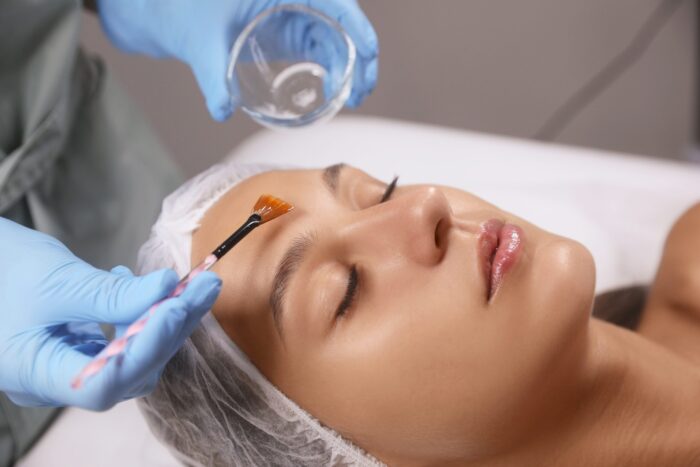What to Expect After Dermal Fillers
December 20, 2022

Are you looking for a non-surgical way to smooth wrinkles and restore lost volume? Dermal fillers provide a range of options for correcting signs of aging. Side effects are uncommon, and most of those are mild, so you can expect to go back to your usual activities immediately.
WHAT ARE DERMAL FILLERS?
Dermal fillers are injectable treatments that add volume to your facial features. They can treat concerns such as deep creases around the nose and mouth, volume loss in the mid-face, and fine lines around the mouth. They can also plump and enhance the lips, cheeks, or any other area where you want to add fullness.

HOW DO DERMAL FILLERS WORK?
Dermal fillers work using stable, biologically safe materials that can last in the body for months or years. Some are materials found naturally in the body, while others use compounds originally developed for surgical materials and sutures. When injected, most dermal fillers provide an immediate volume enhancement. Results from other types of fillers can take time to develop.
WHAT TO EXPECT AFTER DERMAL FILLERS
You can return to your usual activities immediately after getting dermal filler injections, but you might notice some bruising, swelling, or minor soreness in the area for a day or two. A cold compress can keep any potential swelling to a minimum.
You can see the results of most dermal fillers immediately after treatment, although minor swelling may cause their appearance to change over a few days. Some dermal fillers work by stimulating collagen development, and these results can take several weeks to develop. Dermal fillers generally last between six months and two years. The type and location of the filler will affect how long it lasts.
WHAT TYPES OF DERMAL FILLERS ARE AVAILABLE?
Dermal fillers come in a wide range of formulas, allowing your injection expert to choose the best ones for you. Each dermal filler works best in certain areas or for particular applications.
RESTYLANE®
This widely used family of dermal fillers has applications almost anywhere on the face. Restylane® fillers use hyaluronic acid, a molecule found naturally in your skin.
SCULPTRA®
Sculptra® uses poly-L-lactic acid to stimulate collagen development. New collagen adds volume and firms the skin for natural-looking enhancement that lasts two or more years.
JUVEDERM®
This family of dermal fillers also works using hyaluronic acid. Your injection specialist can use Juvederm® fillers in areas like the lips, cheeks, and deep wrinkles.
RADIESSE®
Radiesse® uses calcium hydroxyapatite, a material found in bones. This material is contained in microspheres suspended in a smooth gel.
AM I A GOOD CANDIDATE FOR DERMAL FILLERS?
With many varieties of dermal fillers available, we can choose one or more to meet your needs. Most people make good candidates for dermal fillers. Ideal candidates have reasonable expectations and no major health issues. Dermal fillers are safe and effective for almost anyone.
TAKE THE FIRST STEP
Please fill out the form on this page to request an in-person consultation and one of our knowledgeable medical staff members at Stile Aesthetics will reach out to you promptly. You can also call our office directly at (702) 745-3140.
Stile Aesthetics serves Las Vegas, NV & Surrounding Areas.




